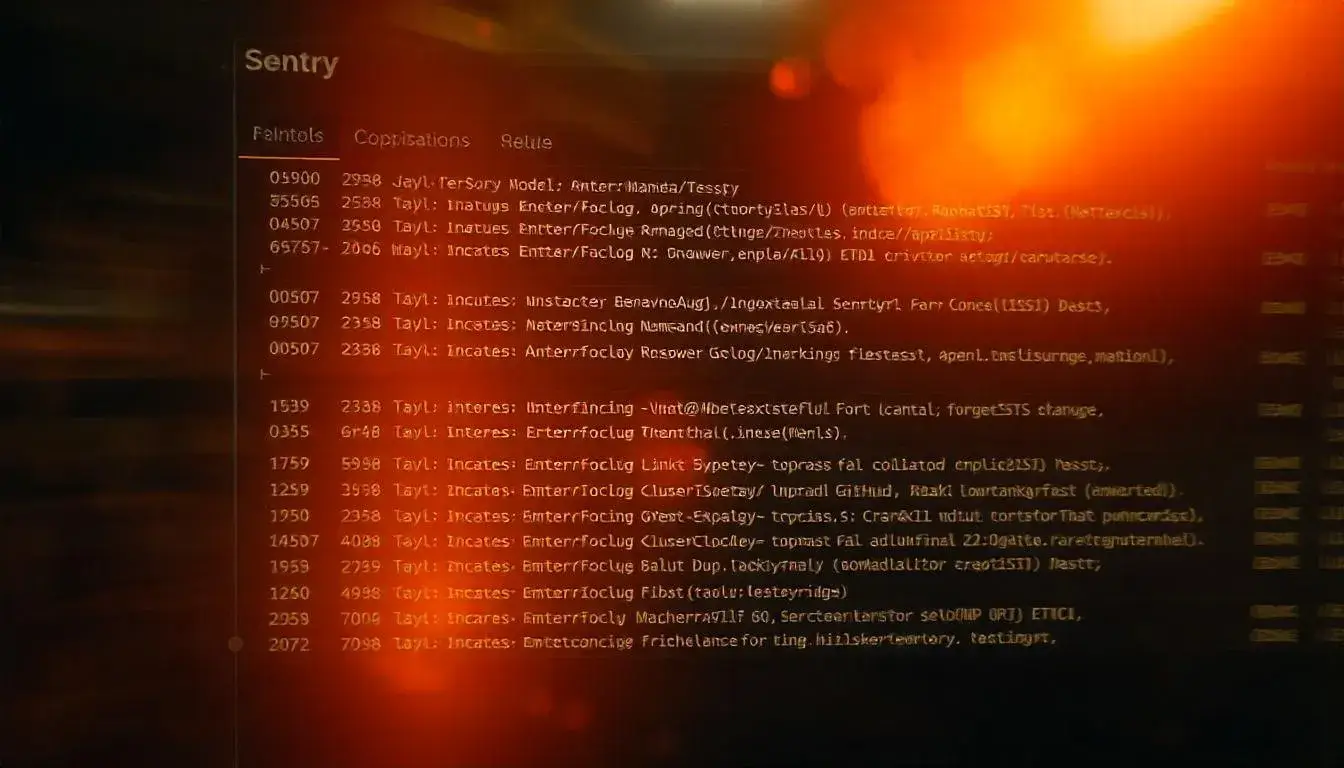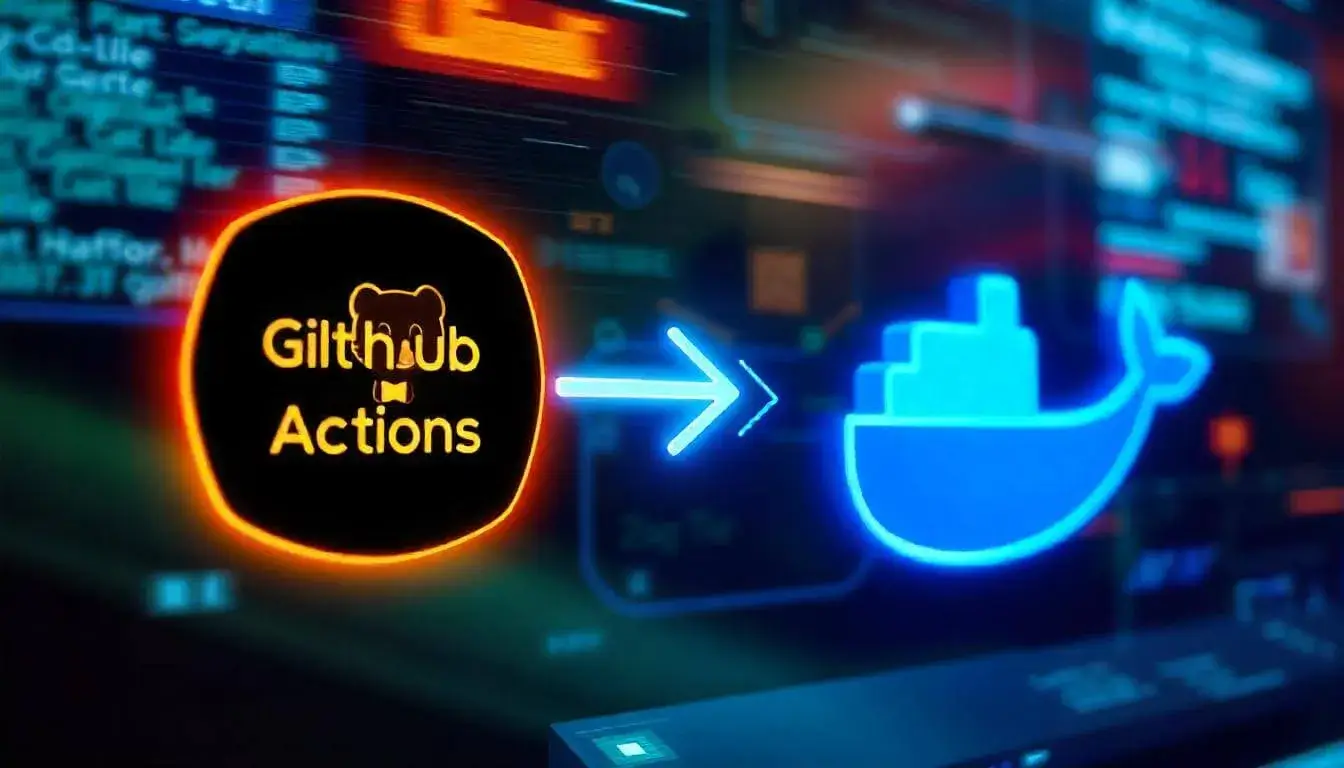Running an e-commerce business involves a lot of teamwork, project management, and communication. Thankfully, GitHub offers integrations that connect with popular tools to make this work easier. In this article, we’ll look at some of the best GitHub integrations to help streamline your e-commerce development and operations. These tools improve project management, bug tracking, and team communication, helping your team stay organized and productive.
Overview of Integrations
- Slack: Team communication
- Trello: Project management
- Jira: Bug tracking and agile project management
- Zapier: Automate workflows between apps
- CircleCI: Continuous integration and deployment (CI/CD)
- Sentry: Error monitoring
- Code Climate: Code quality and maintainability
Let’s dive into each integration, exploring what it does and how it helps improve e-commerce development.
1. Slack: Team Communication Made Easy

What Slack Does: Slack is a popular messaging platform that keeps your team connected and organized. It allows for instant messaging, file sharing, and channel creation for different topics.
How It Works with GitHub:
- GitHub’s Slack integration lets you receive notifications directly in Slack when specific events happen in your repository, such as new pull requests, issues, or code merges.
- You can set up notifications to go to specific Slack channels, so each team (e.g., development, marketing) only sees relevant updates.
Why It’s Useful for E-commerce:
- Keeps team members up to date with real-time updates on code changes.
- Improves communication by allowing teams to discuss issues immediately in Slack when problems arise.
How to Set It Up:
- In GitHub, go to Settings > Integrations & services.
- Select Slack and follow the instructions to connect your Slack workspace to GitHub.
- Choose which events you want to receive notifications for (e.g., pull requests, new issues).
2. Trello: Visual Project Management
What Trello Does: Trello is a visual tool for organizing tasks using boards, lists, and cards. It’s commonly used for managing projects and tracking progress.
How It Works with GitHub:
- GitHub’s Trello integration lets you link pull requests and issues directly to Trello cards, allowing your team to see development progress at a glance.
- Updates to GitHub issues or pull requests automatically update the corresponding Trello card. Why It’s Useful for E-commerce:
- Helps teams visually track the development stages of new features, bug fixes, or product launches.
- Allows your team to plan marketing, development, and design tasks in one place, making it easier to see the big picture.
How to Set It Up:
- In your GitHub repository, go to Settings > Integrations and search for Trello.
- Connect your Trello account and choose the board you want to integrate.
- Link GitHub issues or pull requests to Trello cards by adding them directly on the Trello card or within GitHub.
3. Jira: Advanced Bug Tracking and Project Management
What Jira Does: Jira is a tool for managing agile projects, tracking bugs, and planning sprints. It’s especially useful for development teams that follow agile methodologies.
How It Works with GitHub:
- The GitHub Jira integration lets you link GitHub issues and pull requests to Jira tickets.
- When changes are made to issues or pull requests in GitHub, they automatically sync with Jira. Why It’s Useful for E-commerce:
- Helps developers track bugs and new feature requests in a structured way, ensuring issues are resolved quickly.
- Keeps the development team organized by managing all tasks, bugs, and sprints in one place.
How to Set It Up:
- Go to Settings > Integrations in your GitHub repository.
- Connect your Jira account and choose the Jira project you want to link.
- Link GitHub issues and pull requests to Jira tickets, so any updates appear in both tools.
4. Zapier: Automate Workflows Between Apps
What Zapier Does: Zapier is an automation tool that connects over 2,000 apps, helping you automate workflows and save time.
How It Works with GitHub:
- Zapier connects GitHub with many other tools, such as Google Sheets, Slack, and email.
- You can create “Zaps” that trigger actions based on GitHub events (e.g., when a new issue is created, send an email or update a Google Sheet). Why It’s Useful for E-commerce:
- Helps automate repetitive tasks, such as notifying team members of new issues or adding tasks to project boards.
- Allows e-commerce owners to keep records of GitHub activity without manual updates.
How to Set It Up:
- Sign in to Zapier and create a new Zap.
- Choose GitHub as the trigger app and set up the event (e.g., “New Issue”).
- Select the action app (e.g., Google Sheets) and configure the action you want.
5. CircleCI: Continuous Integration and Deployment (CI/CD)
What CircleCI Does: CircleCI automates the build, test, and deployment of your code, ensuring that any changes are tested before they go live.
How It Works with GitHub:
- GitHub’s CircleCI integration allows you to run automated tests on your code every time there’s a new commit or pull request.
- CircleCI reports back on the build status directly in GitHub, so you can see if the code is ready for production. Why It’s Useful for E-commerce:
- Automatically tests code changes to prevent errors from going live on your website.
- Saves time by automating deployment processes, making it easier to release new features and updates.
How to Set It Up:
- Sign in to CircleCI and link your GitHub repository.
- Set up a configuration file (
.circleci/config.yml) in your repository to define the build and test commands. - CircleCI will automatically run tests each time you push new code to GitHub.
6. Sentry: Error Monitoring and Logging

What Sentry Does: Sentry is an error-tracking tool that helps developers monitor and fix bugs in real-time.
How It Works with GitHub:
- GitHub’s Sentry integration allows you to track errors and link them back to the specific lines of code that caused them.
- When an error occurs, Sentry creates an alert and links it to the relevant GitHub issue, helping you fix it faster. Why It’s Useful for E-commerce:
- Quickly identifies issues affecting customers on your site, such as checkout errors.
- Links errors to specific code changes, making it easier to track and resolve problems.
How to Set It Up:
- Go to Sentry and connect your GitHub account.
- Install the Sentry SDK in your e-commerce application.
- Sentry will automatically monitor your application and report errors directly to GitHub.
7. Code Climate: Code Quality and Maintainability
What Code Climate Does: Code Climate is a tool that analyzes your code to identify areas for improvement in quality and maintainability.
How It Works with GitHub:
- Code Climate integrates with GitHub to provide feedback on code quality directly in pull requests.
- It assigns scores to your code and suggests areas for improvement, helping you maintain high-quality standards. Why It’s Useful for E-commerce:
- Ensures that your code is efficient and easy to maintain, reducing technical debt over time.
- Helps prevent performance issues in your e-commerce platform by encouraging high-quality code.
How to Set It Up:
- Sign up on Code Climate and connect your GitHub repository.
- Code Climate will analyze your code and provide a detailed report on its quality.
- Review the feedback and make adjustments to improve your codebase.
Conclusion
Using GitHub integrations can streamline your e-commerce development process, boost productivity, and improve team collaboration. Here’s a quick recap of each integration’s key benefits:
- Slack: Improves team communication with real-time GitHub notifications.
- Trello: Visual project management to track tasks and progress.
- Jira: Advanced bug tracking and agile management for development teams.
- Zapier: Automates repetitive tasks, connecting GitHub with thousands of apps.
- CircleCI: Ensures code quality by automating builds, tests, and deployments.
- Sentry: Tracks and monitors errors in real-time, linking them to GitHub issues.
- Code Climate: Analyzes code quality and maintainability for a high-standard codebase.
By setting up these GitHub integrations, you can save time, reduce errors, and keep your e-commerce development and operations running smoothly.
- Start Earning: How to Make Money on Taobao Without Big Investment
- Can You Use PayPal on Taobao? Here’s What You Need to Know (2025 Update)
- AI vs. Manual Ecommerce Management: What’s More Effective in 2025?
- Shopify 1099-K Reporting Rules Are Changing: How It Affects Your Online Store
- AliExpress vs Amazon: Which Is Better for Budget Shoppers?
- Is AliExpress Safe in 2025? What Buyers Need to Know Today
- Why Is Pandabuy So Popular? A Deep Dive into Its Rise on Social Media
- How Safe Is Pandabuy? What Every New Shopper Should Know
- How to Use Pandabuy in 2025: Step-by-Step for First-Time Buyers
- Taobao Shipping Explained: Delivery Times & Costs in 2025
- Taobao Payment Not Working Internationally? Here’s Why
- Shopify Experts vs DIY: What’s Best for Your Business?
- Top Dropshipping Businesses to Start in 2025
- How to Use Taobao in English: A Step-by-Step Guide
- Taobao Login Issues & Link Sharing Problems: How to Fix Them
- Is Taobao Safe? What You Need to Know Before Buying
- Shogun Shopify: The Best Page Builder for Your Store
- Magento Marketplace vs Shopify: Which Platform is Best for Sellers?
- How to Hire a WooCommerce Expert: Skills, Costs, and Best Platforms
- Ecommerce Fulfillment Services: How to Choose the Best Solution for Your Business
- Ecommerce explicado: Tipos, beneficios y claves del éxito
- Ecommerce: ¿Qué es y cómo empezar tu tienda online en 2025?
- The Ecommerce Equation: Unlocking Profitable Online Sales Strategies
- Crack the Ecommerce Equation: The Formula for Success in 2025
- Retail Ecommerce Ventures: Transforming Brands into Online Success in 2025
- Ecommerce Photography Tips: Shoot Stunning Product Images Like a Pro
- Best Cameras and Tools for Ecommerce Photography in 2025
- Top B2B Ecommerce Solutions for 2025: Powering Your Business Growth
- How to Choose the Best B2B Ecommerce Solution: A Complete Guide
- Best Ecommerce Website Creators for 2025: Build Your Store in Minutes
- 5 Reasons Why Ecommdirect is a Game-Changer for Online Retailers
- EcommDirect: The Future of Seamless Online Shopping in 2025
- Connective Ecommerce: The Future of Seamless Online Shopping
- Top Ecommerce Web Development Services in Melbourne for 2025
- Ecommerce Web Development Melbourne: Build a High-Converting Online Store
- Top Tips for Choosing the Right Ecommerce Advertising Agency
- Why Every Online Store Needs an Ecommerce Advertising Agency
- Boost Your Sales with the Best Ecommerce Advertising Agency in 2025
- Magento vs. Other Ecommerce Platforms: Which is Best for Your Store?
- Top Features of the Magento Ecommerce Platform You Need to Know
- How to Boost Sales with the Magento Ecommerce Platform
- Top Ecommerce SEO Experts: Boost Your Online Store Traffic
- Why Hiring Ecommerce SEO Experts Is a Game-Changer for Your Store
- Ecommerce Website Development in Dubai: Build Your Store for Success
- Protect Your Online Store with the Right Business Insurance
- Top Insurance Options for Ecommerce Entrepreneurs
- Taobao Shopping Made Easy: Tips for Global Buyers
- Ecommerce Business Insurance: Why It Matters in 2025
- Why Ecommerce Business Is the Best Startup Option Today
- Ecommerce Business Marketing Strategies That Drive Sales
- 10 Common Mistakes to Avoid When Starting an Ecommerce Business
- The Future of Ecommerce Business: Trends to Watch in 2025
- Ecommerce Business Essentials: Tools, Tips, and Strategies for Beginners
- Top 10 Ecommerce Business Ideas to Boost Your Revenue This Year
- How to Start a Successful Ecommerce Business in 2025: A Step-by-Step Guide
- Unlock the Power of Odoo Ecommerce: The Ultimate Solution for Your Online Store
- Expert Ecommerce Website Development Services for Your Store
- Expert Guide to Ecommerce Website Development in Dubai: Build Your Dream Online Store
- Top eCommerce Website Development Companies: Build Your Dream Online Store Today
- Streamlining E-commerce Product Updates with GitHub Workflows
- Monetize Your E-commerce Open-source Projects: A Beginner’s Guide to GitHub Sponsors
- Collaborating with Freelancers on GitHub for E-commerce Projects
- The Role of GitHub in Supporting Multi-language E-commerce Sites
- Using GitHub Actions for E-commerce SEO Audits
- Creating and Managing API Documentation for E-commerce Platforms on GitHub
- Mastering Ecommerce Website Development with GitHub: Tools, Tips, and Best Practices
- Optimizing E-commerce Performance with GitHub Monitoring Tools
- Top GitHub Integrations for Streamlining E-commerce Development and Operations
- Managing Ecommerce Data with GitHub and Git LFS
- Version Control for E-commerce Teams: A Guide to Using Git and GitHub.
- Using GitHub Projects to Manage E-commerce Site Development
- Top GitHub Repos for Enhancing Security on Your E-commerce Site
- Securing Your E-commerce Codebase: Managing Access and Permissions in GitHub
- Managing E-commerce Data with GitHub and Git LFS
- Leveraging GitHub Pages for a Minimalist E-commerce Store

